
If sharpness and general image quality are your goal, as it is with me, you avoid zooms and pick the prime lens that you think is right for your subject. But that habit, as we all know, means much fumbling in the camera bag and with switching rear caps while worrying about dust reaching the sensor and, most importantly, missing the potentially great photograph of the day. Even if you’re very fast on the draw when changing lenses, which I’m definitely not, there is simply no substitute for the modern high quality zoom with which we can almost instantaneously change from portrait focal length — or the putatively “normal” 50mm — to a considerably wider field of vision.
BTW, this posting does not attempt to be a technical review of the lens, with images of what it can do when kept wide open. Those examples can be found aplenty on Japanese and Korean sites. I am interested in sharpness and think that the “bokeh mania” represents a deterioration in photography (read my earlier article on F-Stops, Fads and Monstrous Lenses…
This happens to me all the time when I see what I call a Bruegel moment developing (when, like in Bruegel’s paintings, different pairs or clusters of people engage in a variety of activities, creating a wonderful compositional challenge), which requires a quick change to 28mm or 24mm. There is something to be said for using just one slightly wide focal length, which some street photographers swear by. But that is a different kind of photography than what interests me much of the time.
Hence sometimes zoom lenses should be allowed to come to our rescue. And some actually deserve to be venerated as being several primes in one. Staying within the area of my experience in the Minolta world, the famous but very heavy Minolta AF 28-135mm F4-4.5 comes to mind, as does the Minolta MD 35-70mm F3.5 from before autofocus days.
For landscape photography I would normally not think of putting a zoom on my camera. But then, in these days when ever greater computing power has become available to optical engineers, some miracles are produced that free you from regret for not having brought your primes with you. The Fujinon XF 18-55mm F2.8-4 for the Fujifilm X series is a wonderful case in point.
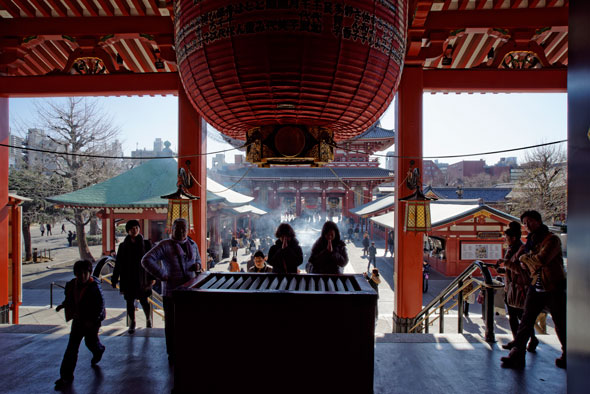
Ever since I got the Sony A7R two months ago, I wondered whether the Zeiss optical engineers could repeat this feat and come up with something for Sony’s full-frame E mount as good as the Fujifilm’s one did for their cropped sensor. I think we can now ascertain that they have.
Less than a total of four hours with one lens is, needless to say, not enough for becoming acquainted with all its quirks and qualities. But I am impressed. There is an extra reason why A7R users have been waiting with bated breath for this lens, because for anything wider than 35mm full-frame we were fated to rely on the LA-EA4 adapter with Minolta’s 20mm, 24mm and 28mm (its F2 version, a true jewel) lenses, rather than on dedicated E mount lenses.
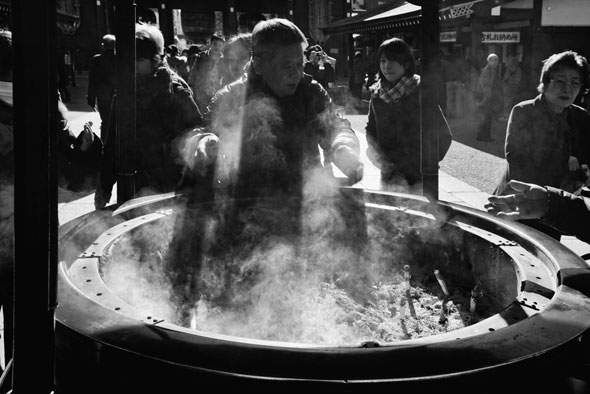
First of all, the Vario-Tessar T* FE 24-70mm F4 ZA OSS is considerably lighter than its appearance on websites might suggest. I have just confirmed with cameras in hand that its combination with the A7R is only slightly heavier than the Fujifilm X-Pro1 with zoom. Secondly, the optical stabilization of the lens really works well, I can go below a 100th of a second without the qualms I normally would have for doing so.
I was particularly interested if this zoom could get me an autofocus 24mm and 28mm to compete in quality with the best manual focus ones. So, let us get some relevant tests out of the way.
At 28mm, the older lens most difficult to live up to would be the Distagon F2.8, as far as my present knowledge of MF lenses at that focal length goes. Of course the Vario-Tessar cannot draw even in such competition with regard to contrast and subtle detail, as the straight out of camera JPEGS of the front of the little tempura restaurant show.
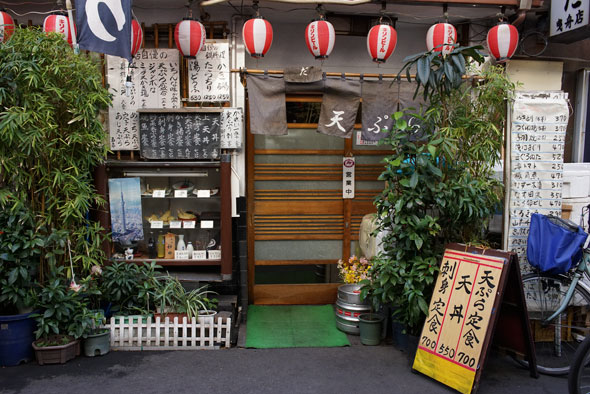

But it makes a valiant attempt and does come close to a point where post-processing is bound to improve the image. The corners will be not bad at all after some correction of the zoom’s inevitable greater distortion. And observe how the pink sweet peas low down in the image are almost indistinguishable as we compare these lenses.
In the comparison photographs of the small street with its clutter of houses and restaurant the Vario-Tessar actually holds its own rather well compared to the Distagon.
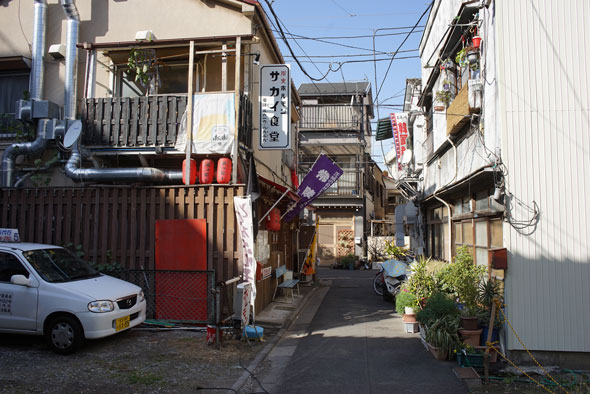
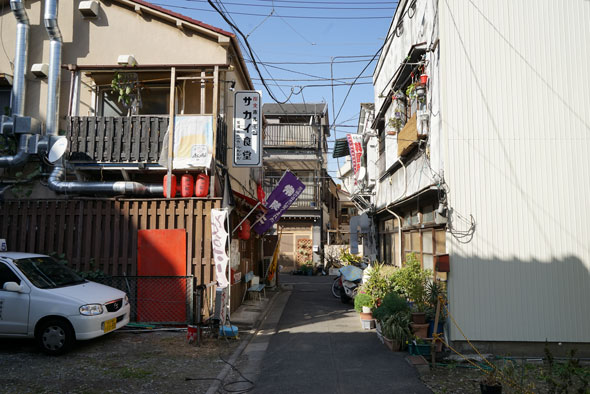
At 24mm we expect more distortion and greater difficulty to stay sharp across the frame. Tripod-based, the great MF lenses of this focal length — the Canon FD F2.8, Minolta Rokkor F2.8 and OM Zuiko F2.8 — are formidable opponents. You have to take my word for it that the Zuiko probably outshines them all, because I forgot to go down to F11 after focussing — a built-in hazard of using vintage MF lenses.
As far as much of the frame goes from the center onward, our new Zeiss lens holds up. And more than that: no chromatic aberration where we would have to post-process the Canon and the Rokkor (which does do better in the corners). As far as I am concerned, and on the basis of this medium distance subject, the zoom is a worthy 24mm.
We do have a couple of Sony Zeiss prime lenses for the full-frame E mount, the 35mm F2.8 and 55mm F1.8 Sonnars which we would expect to be sharper and have more contrast, especially toward and in the corners. They are. We can see that clearly with the photographs of my beloved “inside-out shop” — the best lens test object close to my Tokyo apartment.

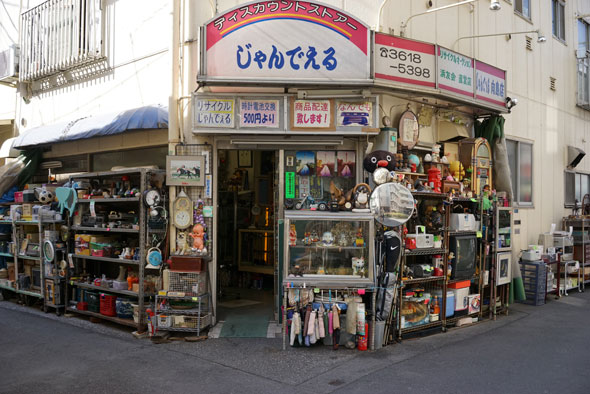
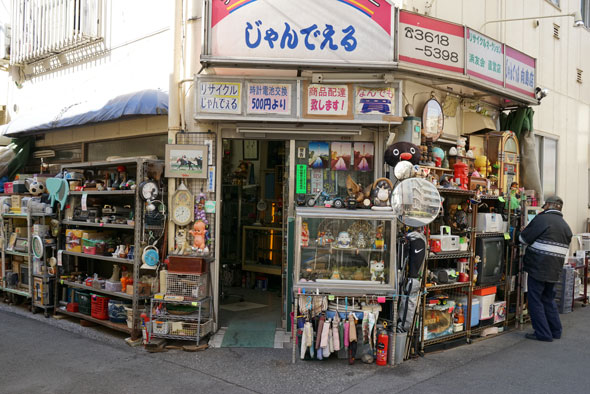
But the Vario-Tessar gets close, and especially at 35mm its performance is impressive, as can also clearly be seen in the photograph of the lovely statue celebrating motherhood, this time of year dressed against the cold.
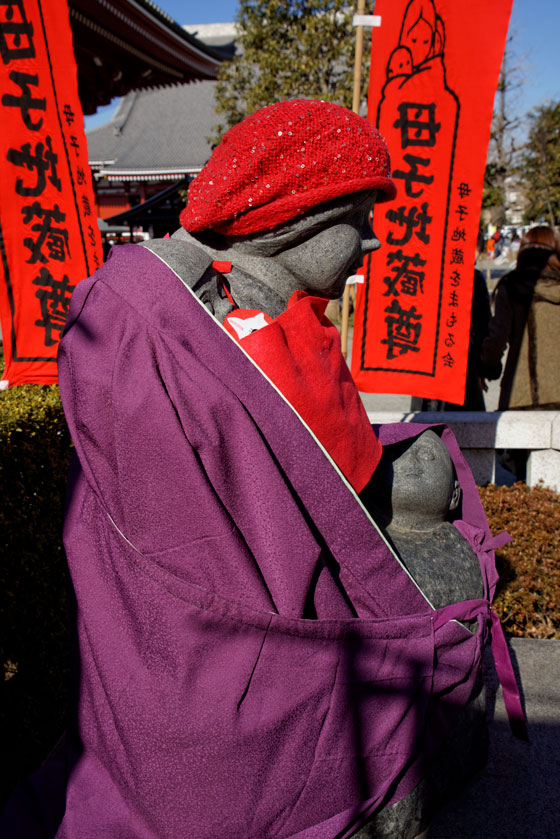
At 70mm, the new Zeiss also becomes a very respectable macro lens, as we can see with the camellia which is about the only flower blooming in Tokyo this time of the year. And even at ISO 6,400 you can read the newspaper of the subway passenger sitting opposite.

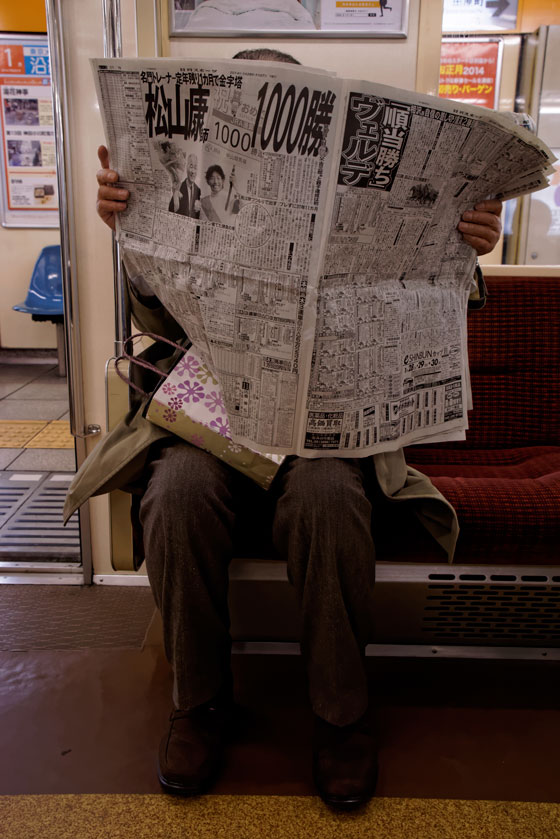
With a quick switch to various degrees of wide fields of vision immediately possible, fewer Bruegel moments will be missed — or, for that matter, fast portraits with the wonderfully stabilized 70mm. I can already see that this lens is going to spend considerable time on my A7R.
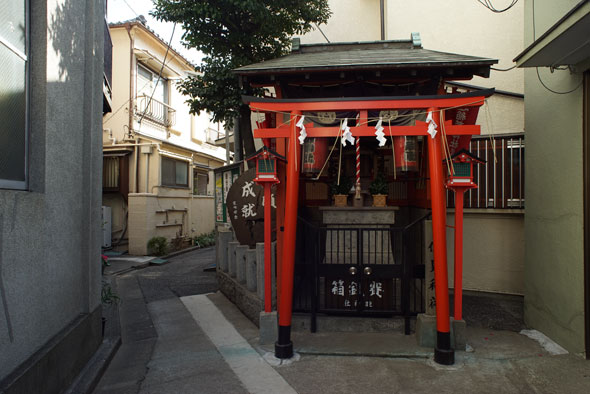

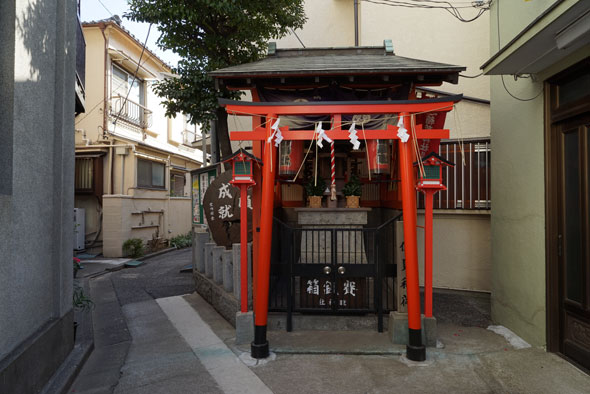
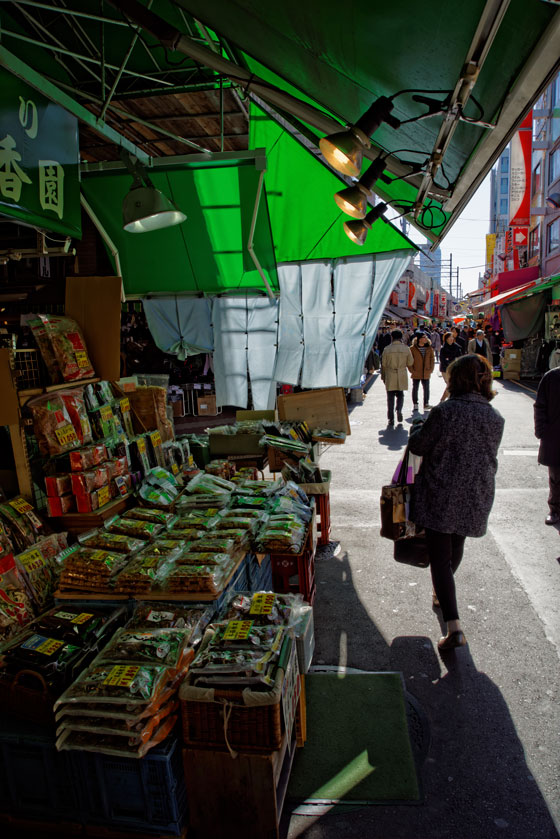
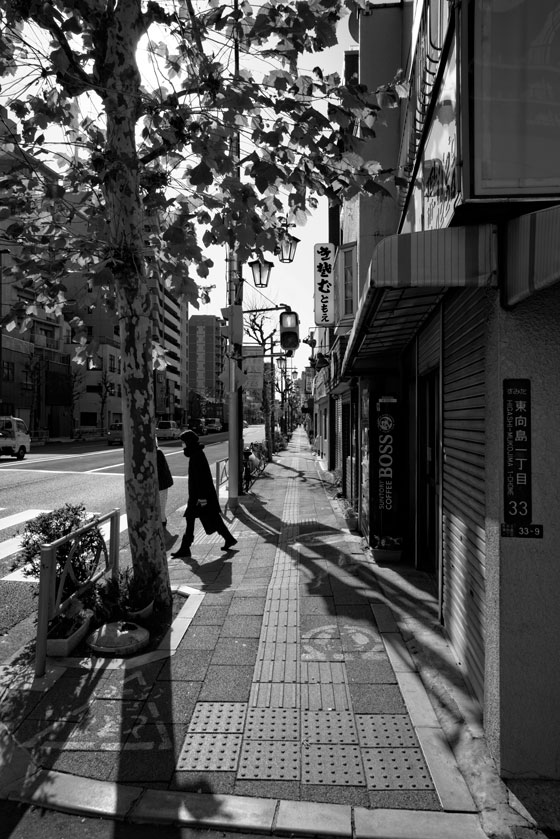
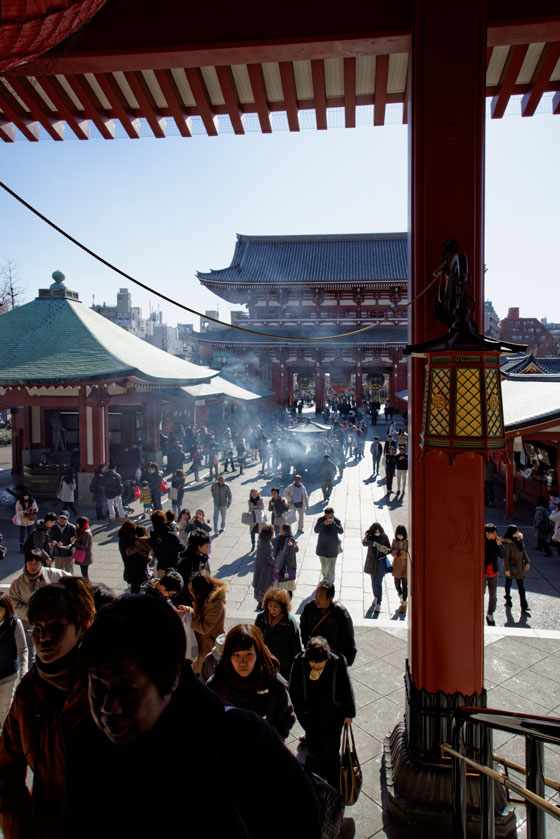
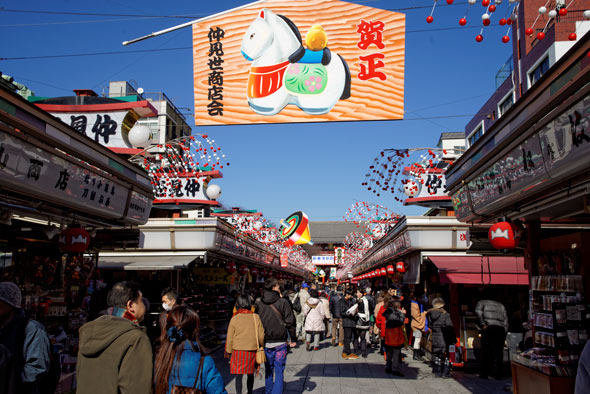
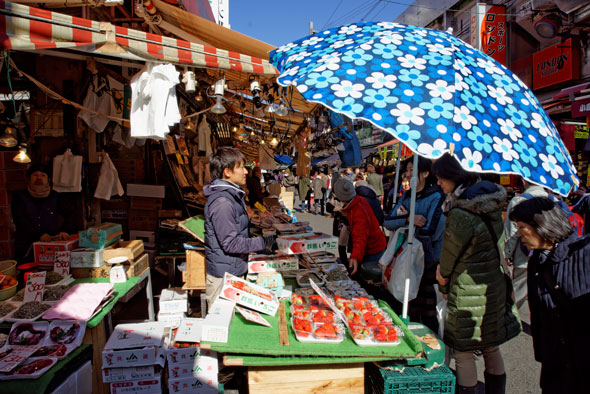
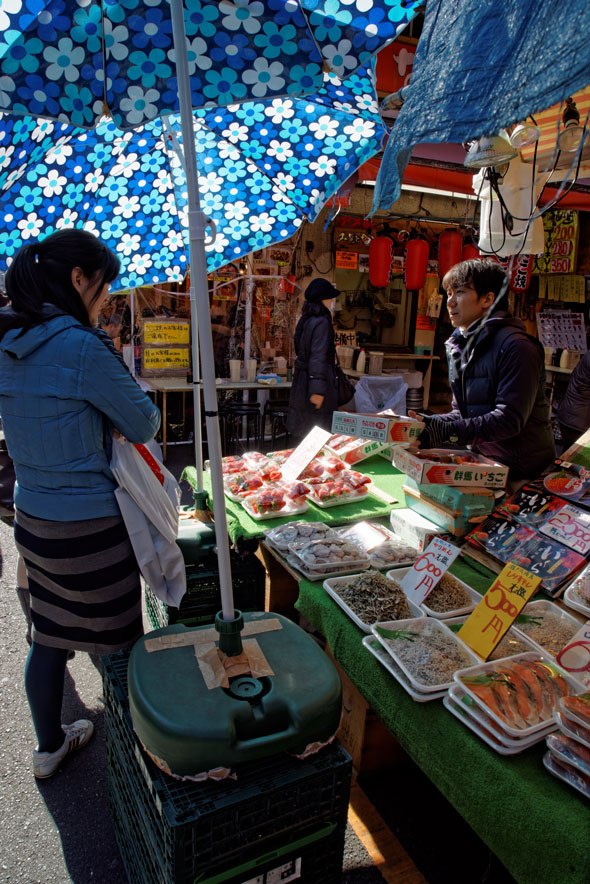
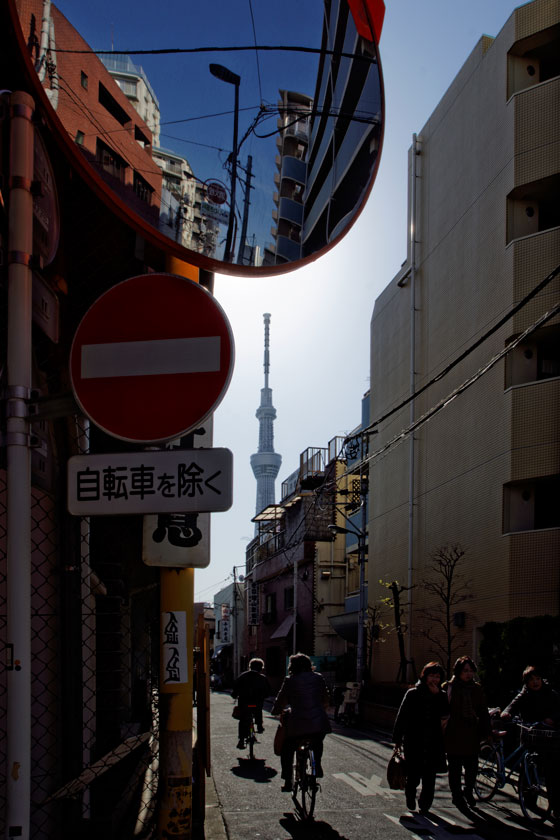
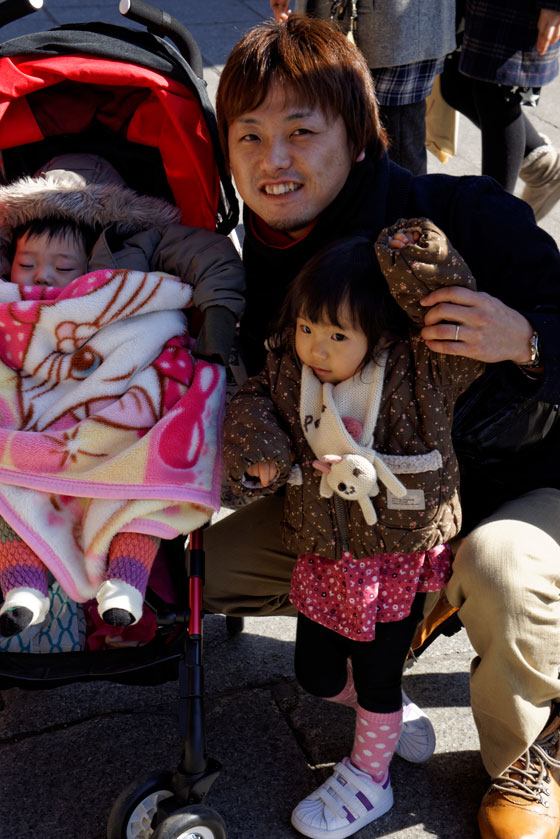
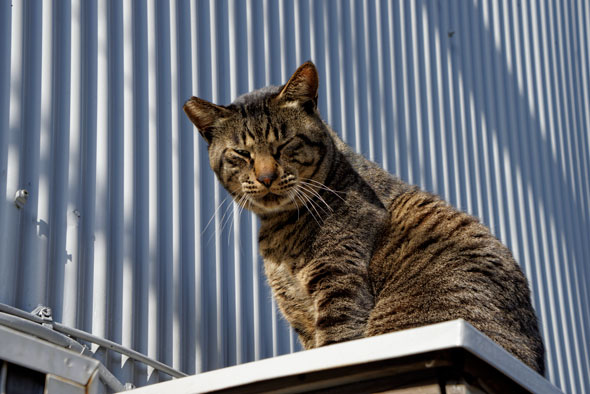

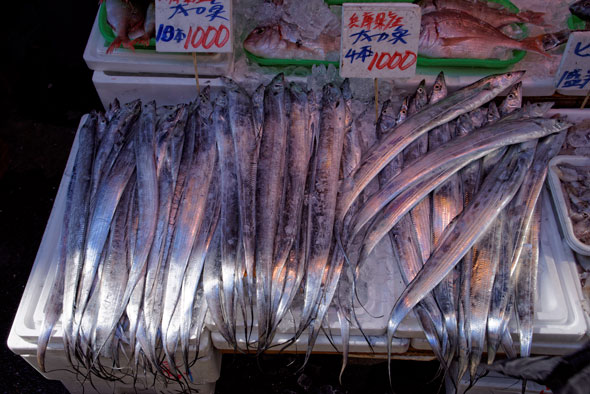
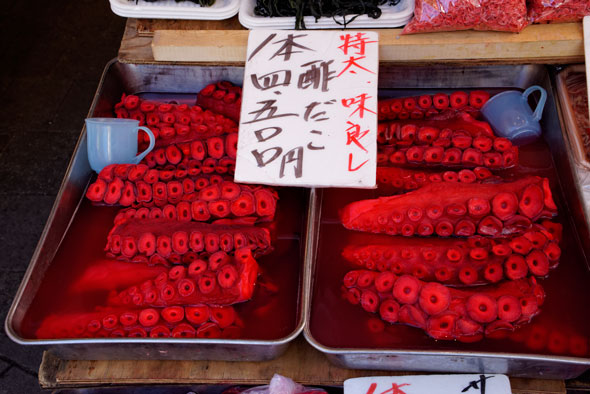
+++ You can order the Sony Vario-Tessar T* FE 24-70mm F4 ZA OSS from Amazon, B&H and Adorama.


